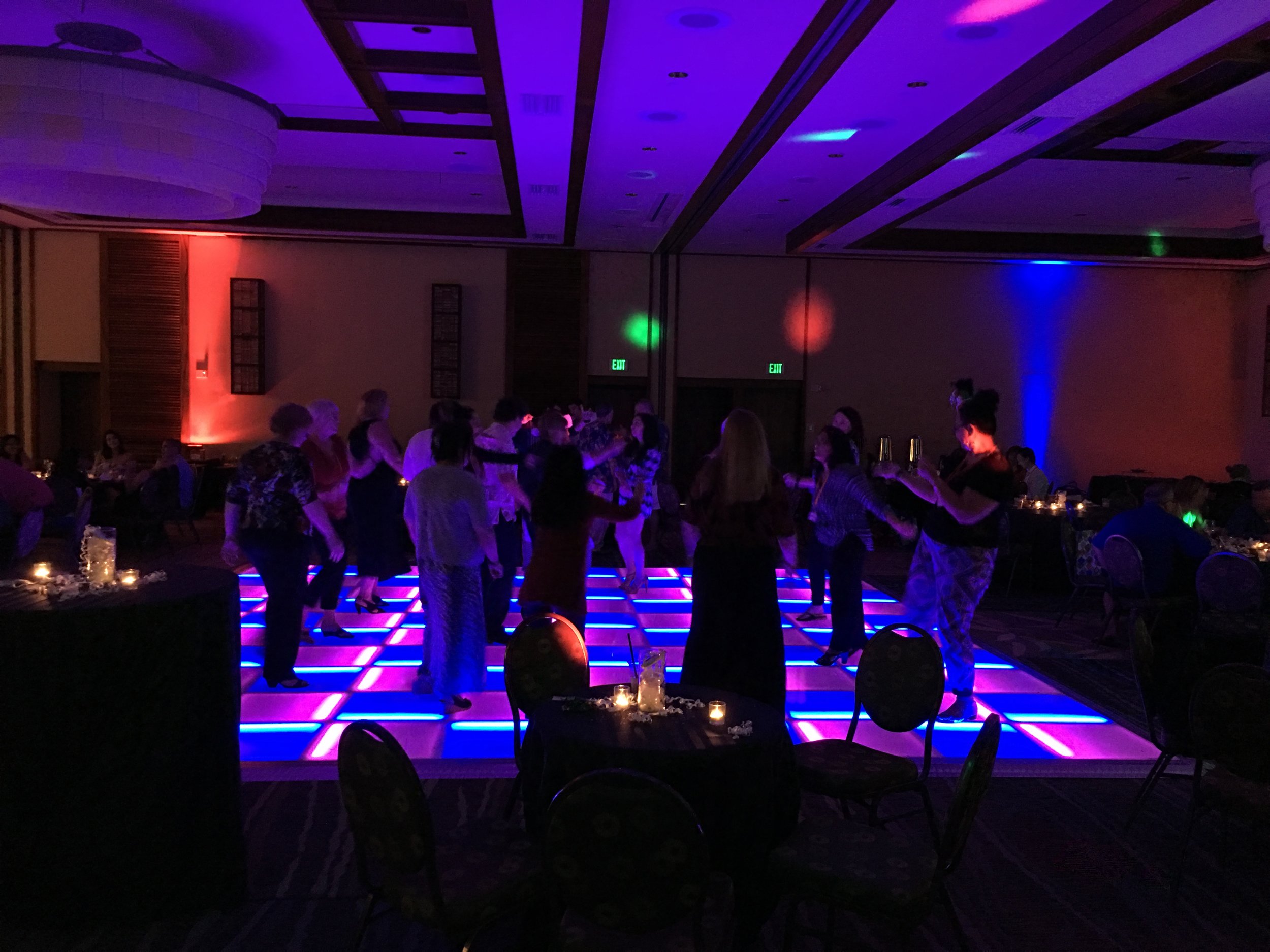Investigating the Diverse Materials That Transform Performance Floors into Breathtaking Visual Experiences
Investigating the Diverse Materials That Transform Performance Floors into Breathtaking Visual Experiences
Blog Article
Movement floors have developed considerably over the years, becoming increasingly than just a space to move to melodies. Today, they are transformed into breathtaking visual encounters through the use of various substances and technologies. These materials not only improve the visual appeal of the space but also improve the complete encounter for performers and spectators alike. Understanding the versatile substances that add to these vibrant environments can offer understanding into the art of performance floor creation.
One of the primary common materials used in contemporary dance floors is light-emitting diode illumination. LED lights are energy-efficient and can produce a broad variety of colors and impacts. They can be integrated in the floor itself or used as part of a illumination setup over the dance floor. This innovation allows for synchronized light shows that can change in response to the music, creating an immersive experience. The ability to program these lamps means that they can be customized to fit different themes or moods, making each event distinct.
Another crucial substance is reflective surfaces, such as reflectors or shiny tiles. These surfaces can create an deception of space and depth, making the dance floor appear larger than it actually is. When dancers move, their images can add an extra layer of aesthetic appeal, enhancing the overall show. Additionally, mirror-like materials can engage with illumination impacts, amplifying the colors and designs displayed on the floor. This fusion of light and reflection can captivate audiences and elevate the energy of the event.
In addition to lighting and reflective materials, the use of electronic screens has become increasingly common in dance floor creation. These screens can display lively images, animations, or even real-time feeds of the show. By integrating electronic technology, occasion organizers can create a multi-sensory encounter that engages both web the dancers and the spectators. The ability to alter images in real-time allows for a dynamic environment that can adjust to the rhythm and energy of the music, making each moment feel fresh and thrilling.
Additionally, the choice of flooring substance itself plays a crucial role in the overall encounter. Classic wooden dance floors are still favored for their durability and functional qualities. However, newer materials like synthetic and elastic are gaining popularity due to their flexibility and simplicity of maintenance. These materials can provide better impact absorption, minimizing the risk of injury for performers. Additionally, they can be designed with multiple patterns and colors, allowing for creative representation in the dance floor's look.
In conclusion, the transformation of dance floors into breathtaking aesthetic encounters relies on a combination of innovative substances and techniques. Light-emitting diode lighting, mirror-like materials, electronic screens, and specialized flooring substances all add to creating an captivating environment for dancers and spectators. As innovation continues to advance, the possibilities for improving dance floor creation will only expand, making future events even more captivating and unforgettable. Comprehending these materials helps appreciate the artistry involved in creating spaces where dance and music come together in harmony.